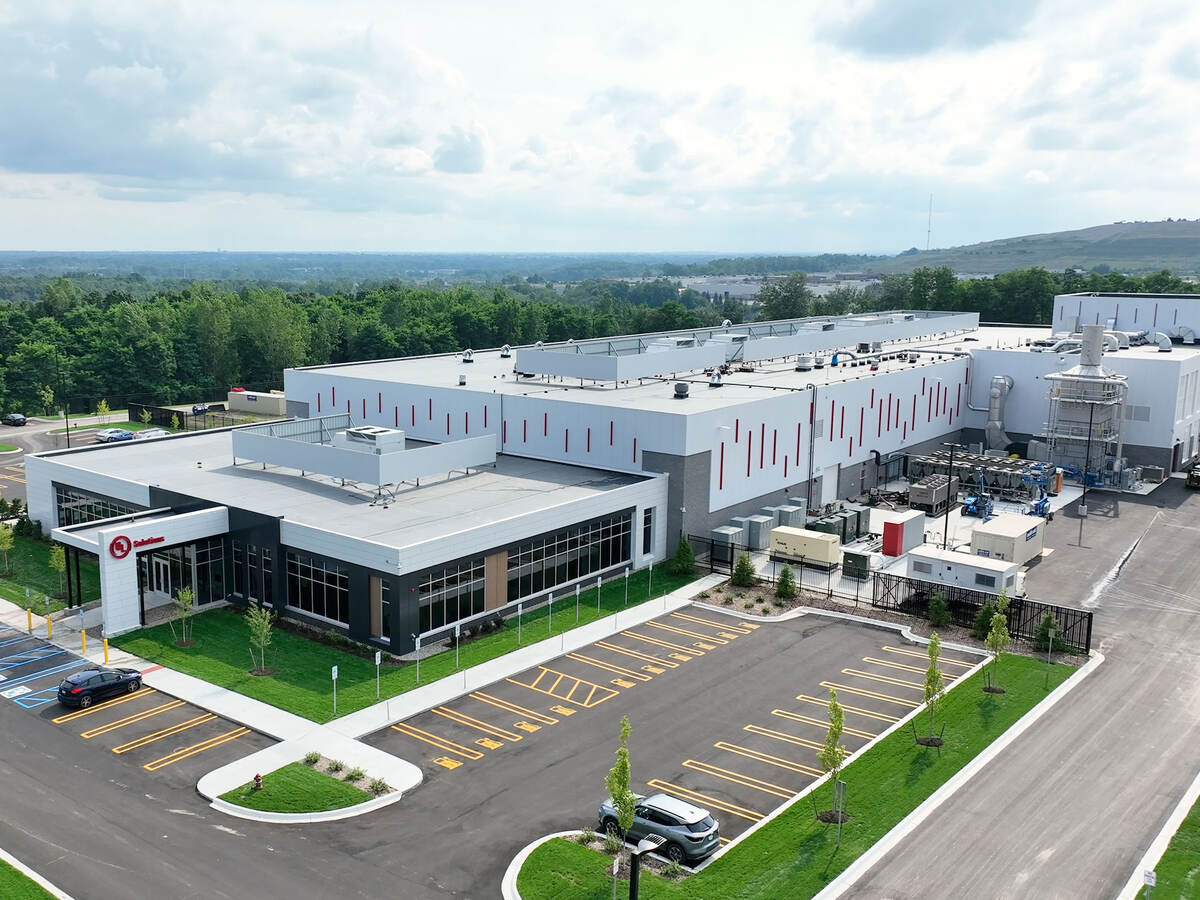
NAABL equipment list brochure
Our new facility in Auburn Hills, Mich. offers comprehensive testing services for batteries used in electric vehicles (EV) and stationary applications.

As the energy transition drives electrification in the automotive and other transportation industries and the surging demand for battery energy storage systems (BESS), UL Solutions has opened the doors of its North America Advanced Battery Laboratory in the Auburn Hills Oakland Technology Park complex, near one of the world’s largest automotive hubs — Detroit, Mich.
At this facility, UL Solutions experts use cutting-edge battery testing equipment and methodologies to deliver comprehensive safety testing and performance services for the EV and Industrial batteries markets — all under one roof.
UL Solutions offers comprehensive automotive battery testing services at the cell, module and pack levels to validate performance, reliability, safety and other key characteristics that help differentiate your products.
We stand committed to supporting the electrification of the automotive and other transportation industries by testing and certifying electric vehicle (EV) batteries for compliance with standards, regulatory requirements and original manufacturer (OEM) specifications. We can also create customized testing service packages to meet our customers’ specific needs.
UL Solutions offers battery testing services for:
UL Solutions can test and certify lead-acid, lithium and other forms of electrical, electrochemical, thermal and mechanical energy used in industrial stationary batteries, uninterrupted power supply (UPS) and energy storage devices. We test to standards and requirements for batteries and energy storage products destined for North American, European and Asian markets, including the following:

NAABL equipment list brochure
Thanks for your interest in UL's products and services. Let's collect some information so we can connect you with the right person.